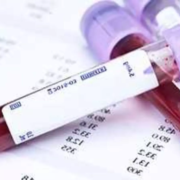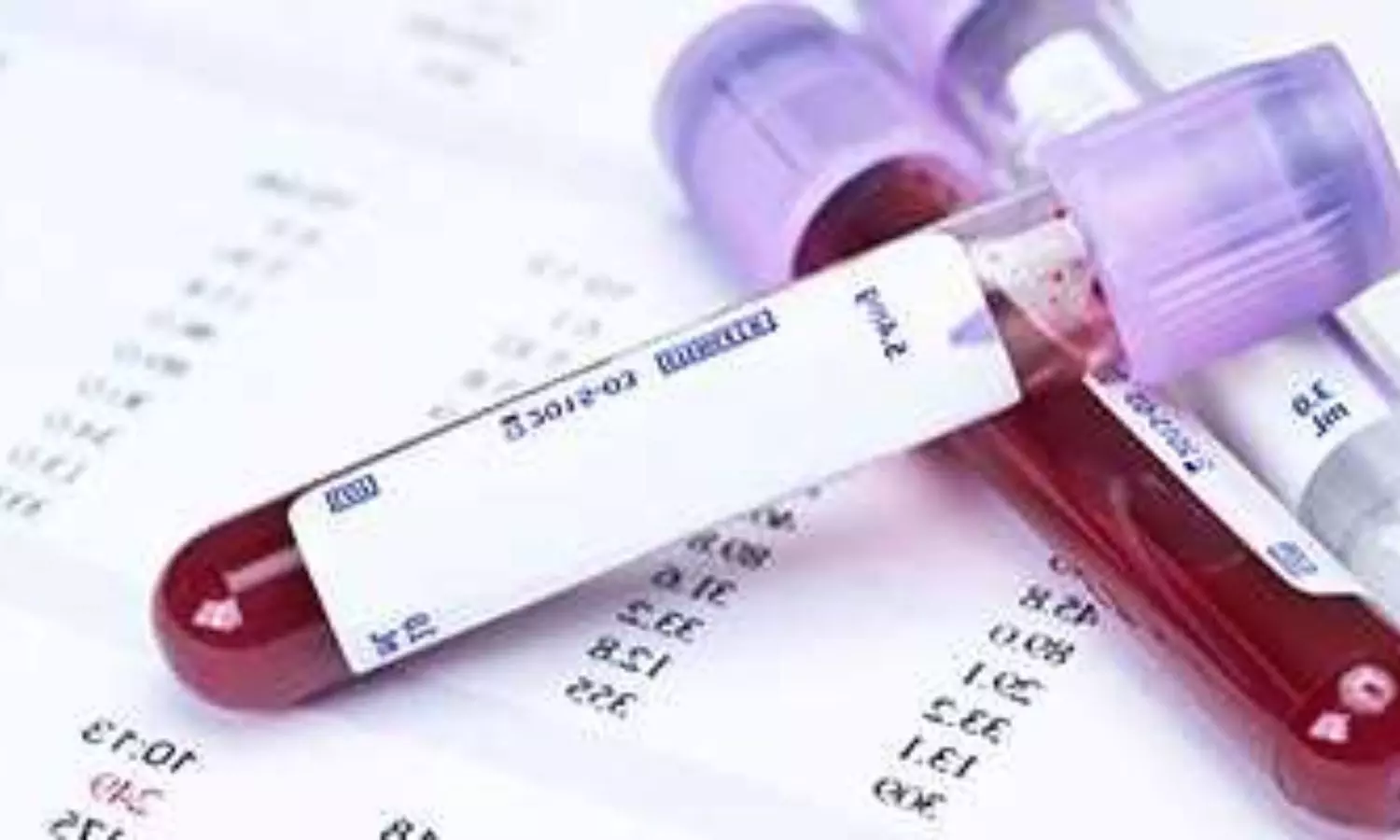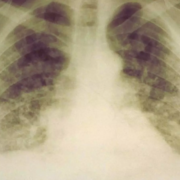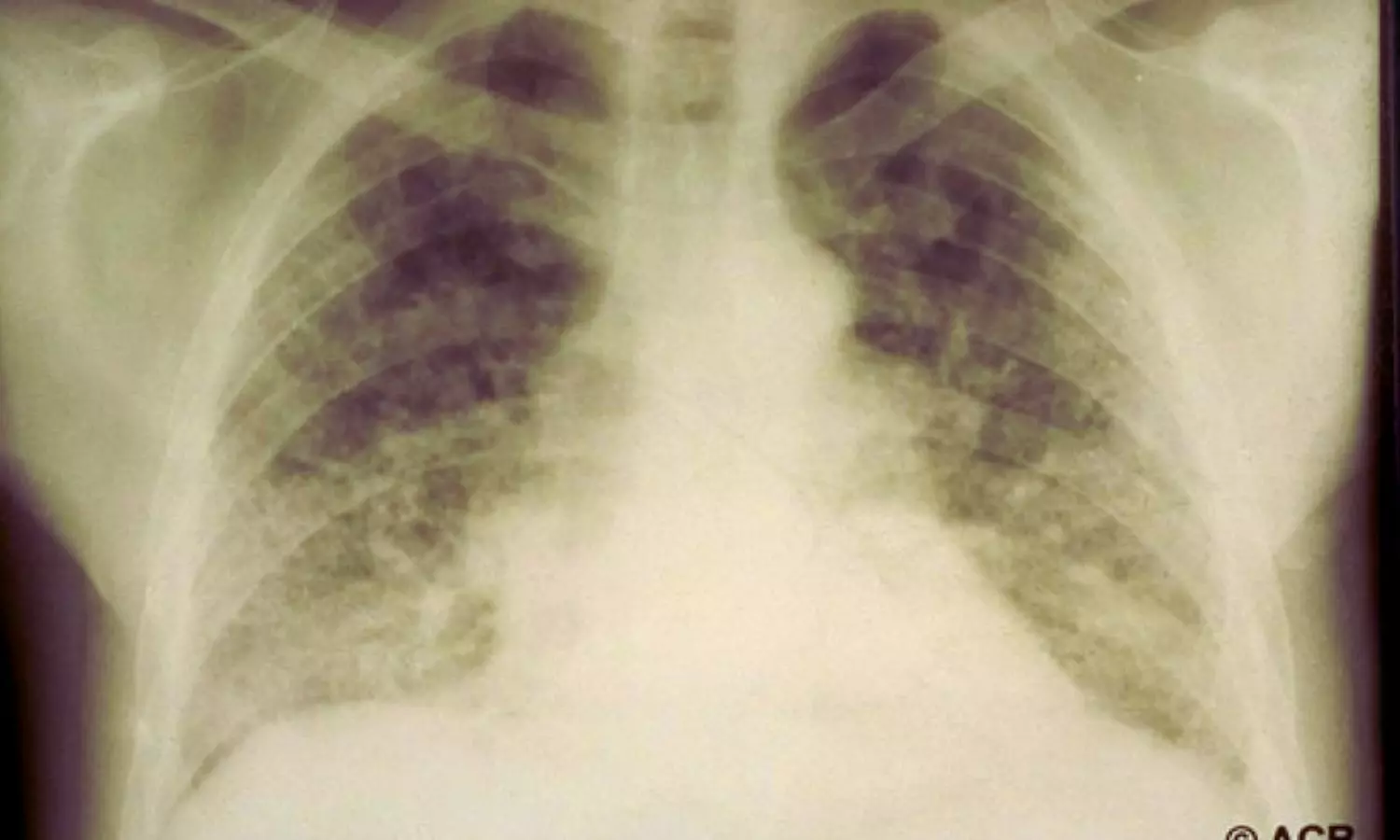Endoscopic Sleeve Gastroplasty Cost-Effective Than Semaglutide in Obesity Treatment: JAMA

A recent study determined that a minimally invasive bariatric procedure called Endoscopic Sleeve Gastroplasty (ESG) is more cost-effective than the latest weight-loss medication, semaglutide, for treating the individuals with class II obesity. This study was conducted from September 2022 to May 2023 which elucidates critical insights into the financial and health impacts of obesity treatments that emphasize the importance of cost in healthcare decisions. The key findings of this study were published in the recent edition of the Journal of American Medical Association.
The study deployed a Markov cohort model to compare the economic and health outcomes of ESG and semaglutide against a no-treatment strategy within the U.S. healthcare system. Adult patients with a body mass index (BMI) between 35 and 39.9 were focused in this analysis. The research centered on a hypothetical base case of a 45-year-old patient with a BMI of 37 undergoing either of the treatments.
ESG proved to achieve more substantial weight loss over a five-year period and demonstrated significant cost savings. The findings reveal that ESG had an incremental cost-effectiveness ratio (ICER) of -$595,532 per quality-adjusted life year (QALY), in common terms it saved more money while adding more quality life years when compared to semaglutide. Also, ESG added 0.06 QALYs and reduced the total healthcare costs by $33,583 relative to semaglutide.
Semaglutide is a glucagon-like peptide-1 receptor agonist and has been known for its efficacy in recent times but comes with a heavy price tag. Currently priced at $13,618 annually, this research suggests that to be on par with ESG, the cost of semaglutide would need to plummet to $3,591 per year which is a reduction by nearly threefold. The research employed rigorous statistical analyses to ensure the robustness of the outcomes observed. These analyses consistently supported the superior cost-effectiveness of ESG over the five-year horizon considered.
This study underlines the necessity for a strategic evaluation of treatment options in obesity management in light of the growing global adoption of various obesity treatments. The research advocates for a broader consideration of cost-effectiveness in public health decisions by highlighting the economic advantages of ESG and potentially influencing the policy changes moving forward. Healthcare providers, policymakers and patients may find these findings invaluable as they navigate the complex landscape of treatments available to manage obesity in a effective and economically sustainable way.
Reference:
Haseeb, M., Chhatwal, J., Xiao, J., Jirapinyo, P., & Thompson, C. C. (2024). Semaglutide vs Endoscopic Sleeve Gastroplasty for Weight Loss. In JAMA Network Open (Vol. 7, Issue 4, p. e246221). American Medical Association (AMA). https://doi.org/10.1001/jamanetworkopen.2024.6221
Powered by WPeMatico



















